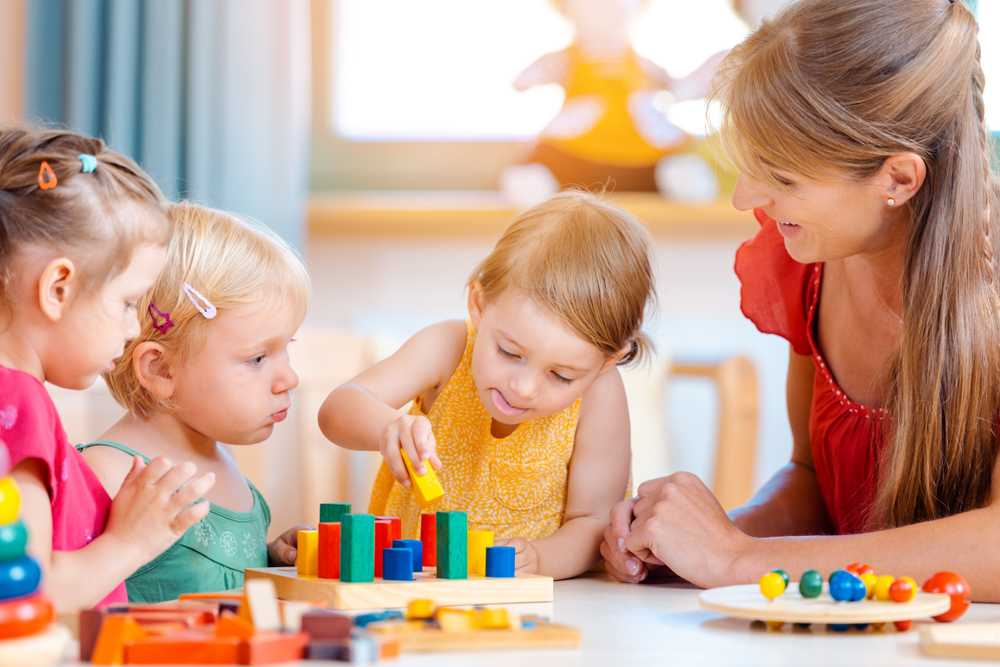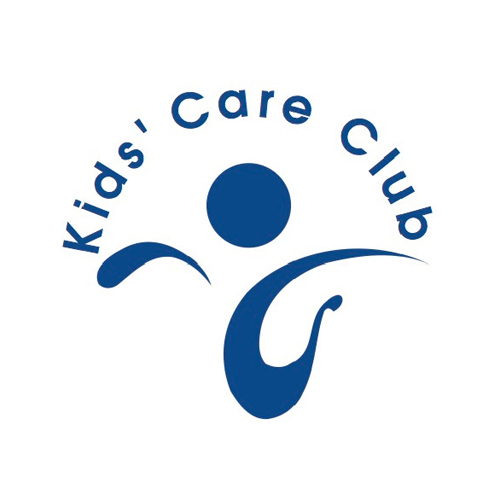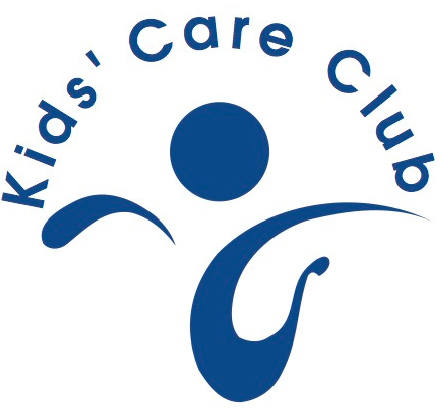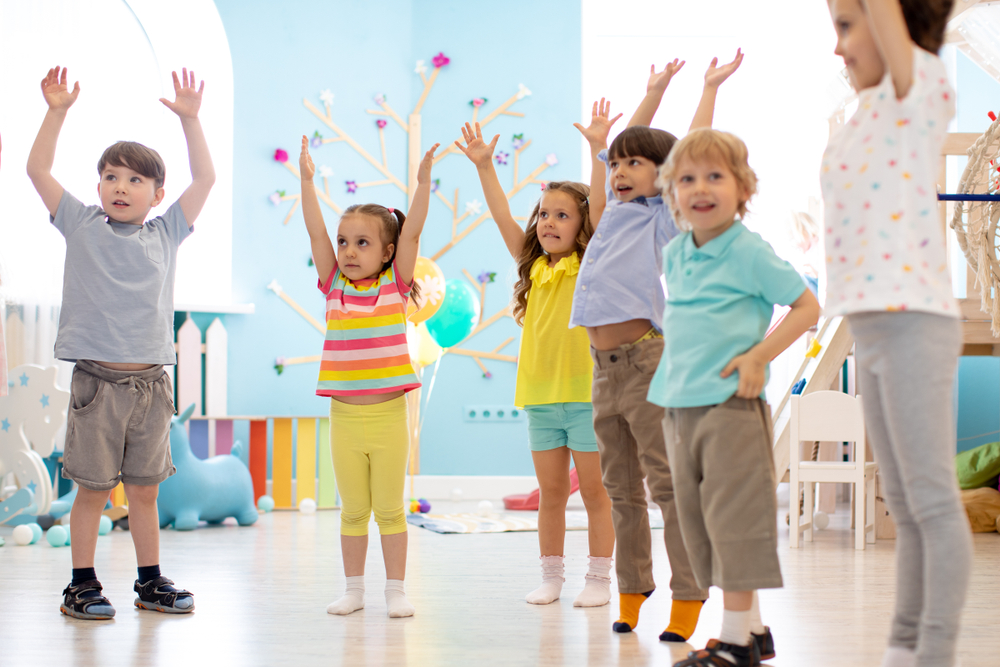Home daycare can offer a warm and personal entry point into early care. It’s often close to home, run by a trusted caregiver, and provides small-group supervision for infants and toddlers. But as children approach preschool age, many families begin to notice their child needs more—more stimulation, more consistency, more preparation for what comes next.
At Kids Care Club, we often welcome children whose families have made the decision to transition from a home daycare to school-based, a program we have successfully built to fit to your child’s needs. While every situation is unique, there are a few common patterns in what families discover once they make the switch. Here are the surprising things parents and families learn after they switch from home daycare to school-based.
5 Things Parents Find Out After Switching from Home Daycare to School-Based Learning
1 – Structured Learning Reveals Untapped Potential
One of the most noticeable shifts is the level of engagement children show when introduced to a structured, developmentally appropriate curriculum.
In a school-based setting like Kids Care Club, children follow a daily schedule that includes:
- Circle time and group discussions
- Literacy and language-rich environments
- Hands-on math, science, and sensory play
- Outdoor play with intentional gross motor development
- Social-emotional learning and cooperative activities
- Opportunities for exploration and discovery woven throughout the day
These experiences are aligned with NAEYC standards and tailored to the needs of each age group. The result is that children build foundational skills across multiple domains—not just stay busy.
2 – Routines Create Stability and Confidence
Parents often worry that a school-based program may feel too rigid. In fact, structure offers children the predictability they crave. Clear transitions between activities help reduce anxiety and support smoother behavior.
At KCC, routines are consistent but flexible enough to meet children where they are developmentally. Daily rituals such as morning welcome routines, group mealtimes, and classroom jobs help children take ownership of their day and feel secure in their environment.
3 – Peer Interaction Is More Developmentally Aligned
In a home daycare, children of mixed ages often share the same space. While this can build empathy, it may limit opportunities for age-specific social development.
In school-based classrooms, children interact primarily with peers at similar developmental stages. This allows for more advanced:
- Cooperative play
- Conflict resolution
- Role-playing and storytelling
- Shared learning goals
These peer interactions help children build the social competencies they’ll need for kindergarten, such as taking turns, negotiating with classmates, and developing friendships.
4 – Communication With Families Is More Consistent and Professional
In home daycare settings, communication is often verbal and informal. Parents may not receive regular updates or developmental tracking unless they specifically ask.
In contrast, school-based programs like Kids Care Club provide:
- Daily written reports for infants and toddlers
- Notices about special events and reminders through school newsletters
- Documentation of progress across domains of development
- Formal parent-teacher conferences
This level of insight helps families better understand their child’s strengths and needs—and how to support learning at home.
5 – Transitions Are Easier When Kindergarten Comes
Another key benefit parents experience after switching is how much more prepared their child feels for kindergarten.
School-based early education introduces:
- Group learning expectations
- Classroom routines
- Early exposure to structured literacy and numeracy activities
- Teacher-guided instruction alongside free play
- Social-emotional learning through sharing, cooperation, and managing emotions
These skills and habits make the jump to kindergarten far less abrupt. Children enter with greater confidence, attention span, and self-help skills.
Final Thoughts: A Shift That Supports Growth
Home daycare can serve a purpose in the earliest years. But as children’s needs become more complex, Kids Care Club’s Infant Care Program can ensure even the youngest children receive nurturing, individualized care that supports their growth from the very start. Families often find that school-based programs offer the environment, structure, and professional support necessary for real developmental growth.
If you’re considering making the shift, it doesn’t have to be all-or-nothing. Kids Care Club offers part-time and full-time options for every age, allowing families to ease into a new setting without compromising on quality or care. Schedule a tour in one of our locations, Rancho Penasquitos or 4S Ranch, today!






